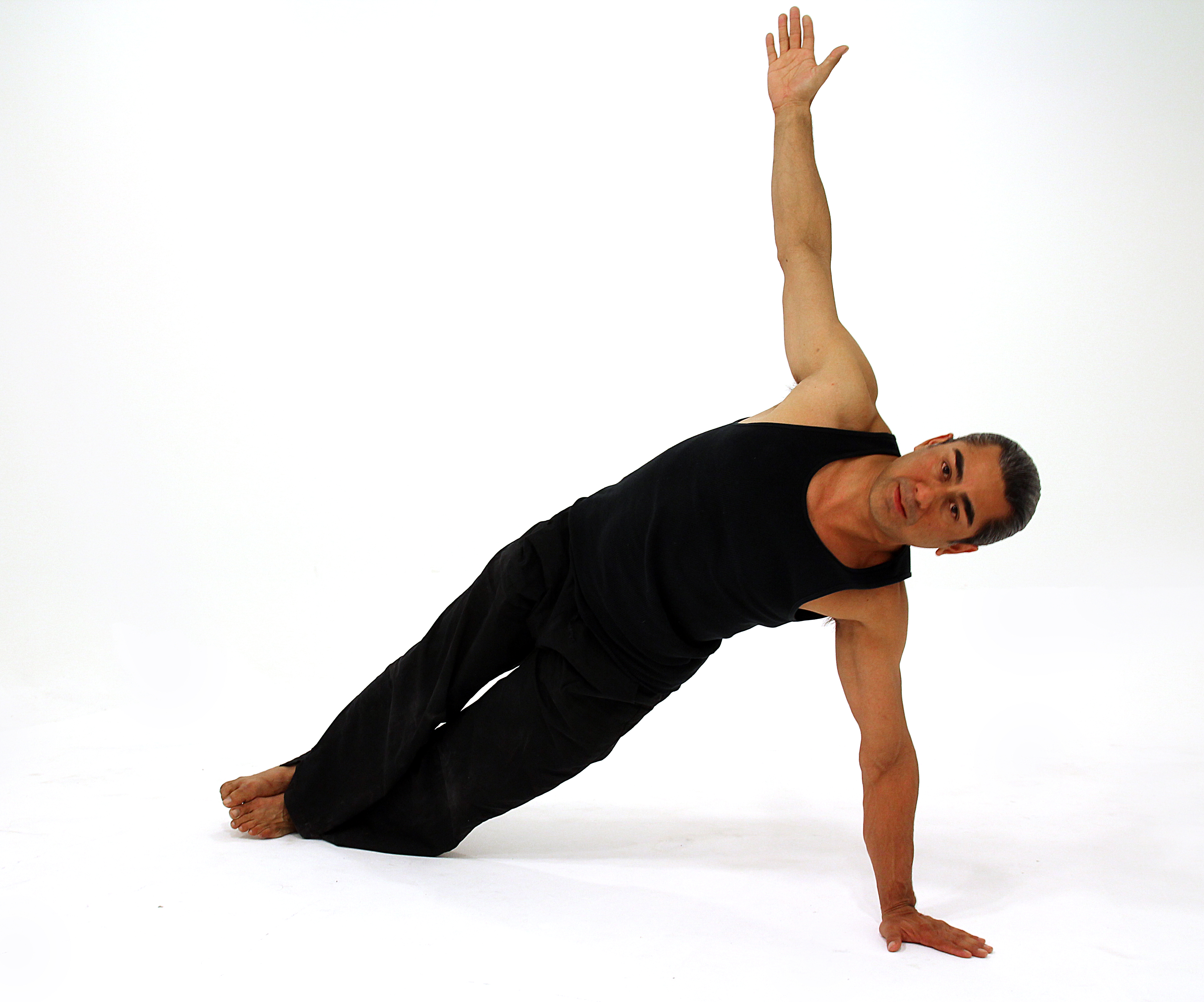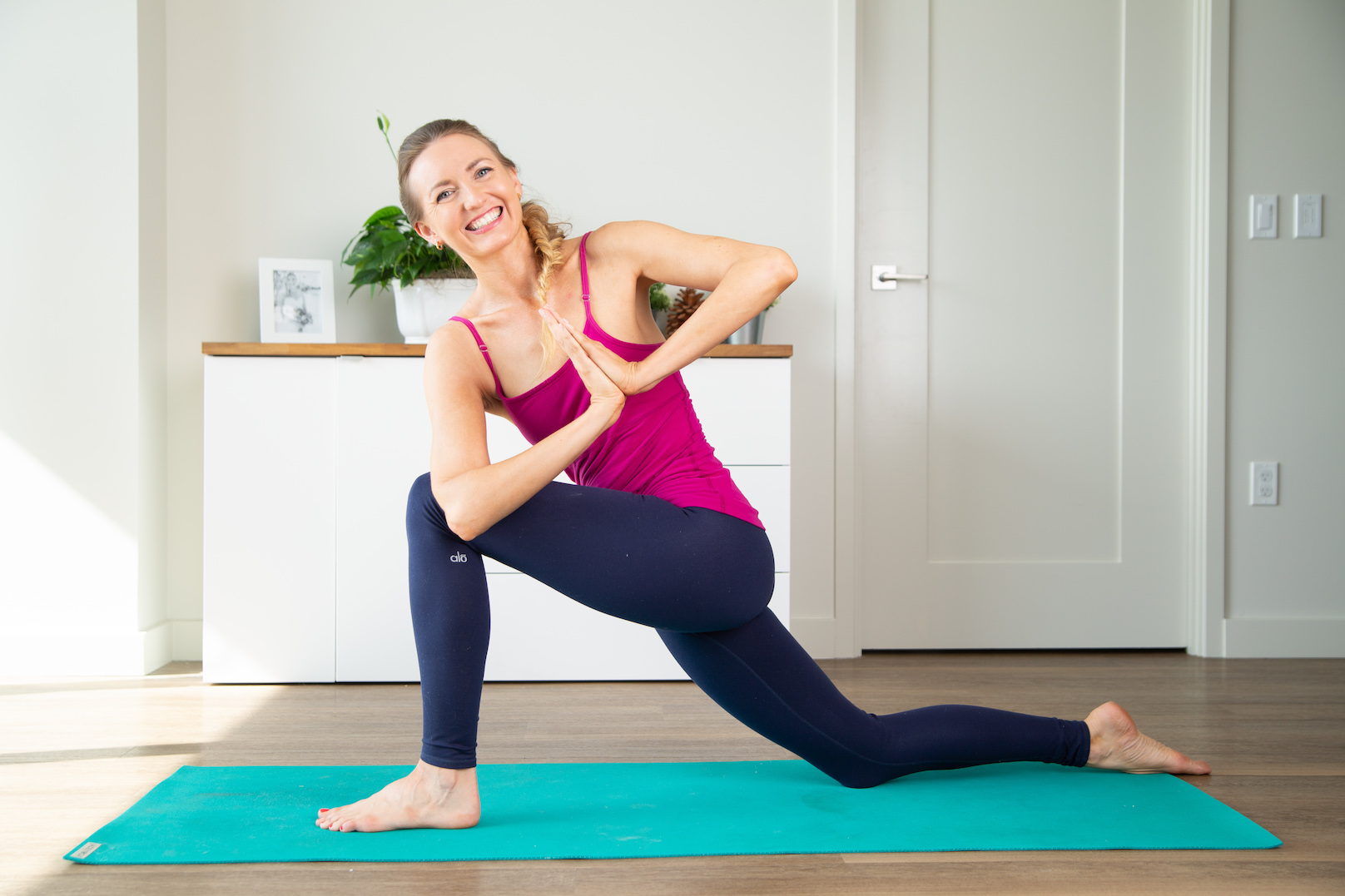
The High plank, Low plank and Upward facing dog poses could be used as effective exercises for strengthening external oblique abdominis. Variation in core muscle firing patterns depends on the trunk and pelvic positions in these poses. Our study provides data on the core muscle activation patterns during the eleven most commonly practiced yoga poses. 1a) produced a level of muscle activity in the LT higher than activity Conclusion These findings can be beneficial for targeting specific muscles during training and rehabilitation programs designed to strengthen and stabilize the core. The results supported our hypothesis that different poses would produce variations in the core muscle activation patterns. We examined the activity levels of selected trunk and hip muscles during 11 poses commonly used during yoga training. The post hoc analysis revealed that unique patterns of difference were seen for the five muscles of interest for each of the 11 poses ( p < .024). Significant differences among muscles for each pose are shown in the figures associated with each pose. Normalized EMG values (mean ± SE) for all muscles across poses are presented in Table 1. Additionally, subjects must have participated Results

The initial criterion for inclusion into the study was that the individual must have practiced yoga for more than three months or possessed a yoga instructor certification.

Subjects were recruited on a voluntary basis through fliers, and personal contacts at yoga studios and wellness centers.


 0 kommentar(er)
0 kommentar(er)
